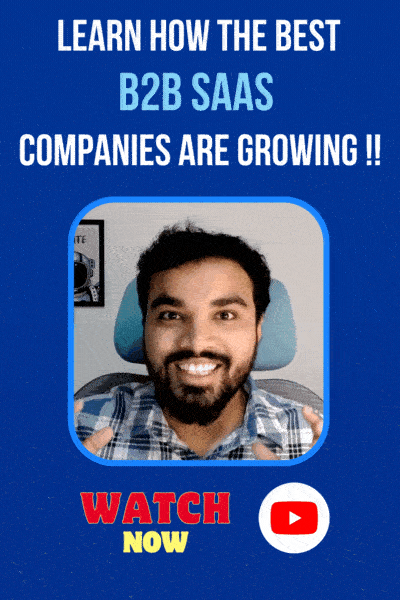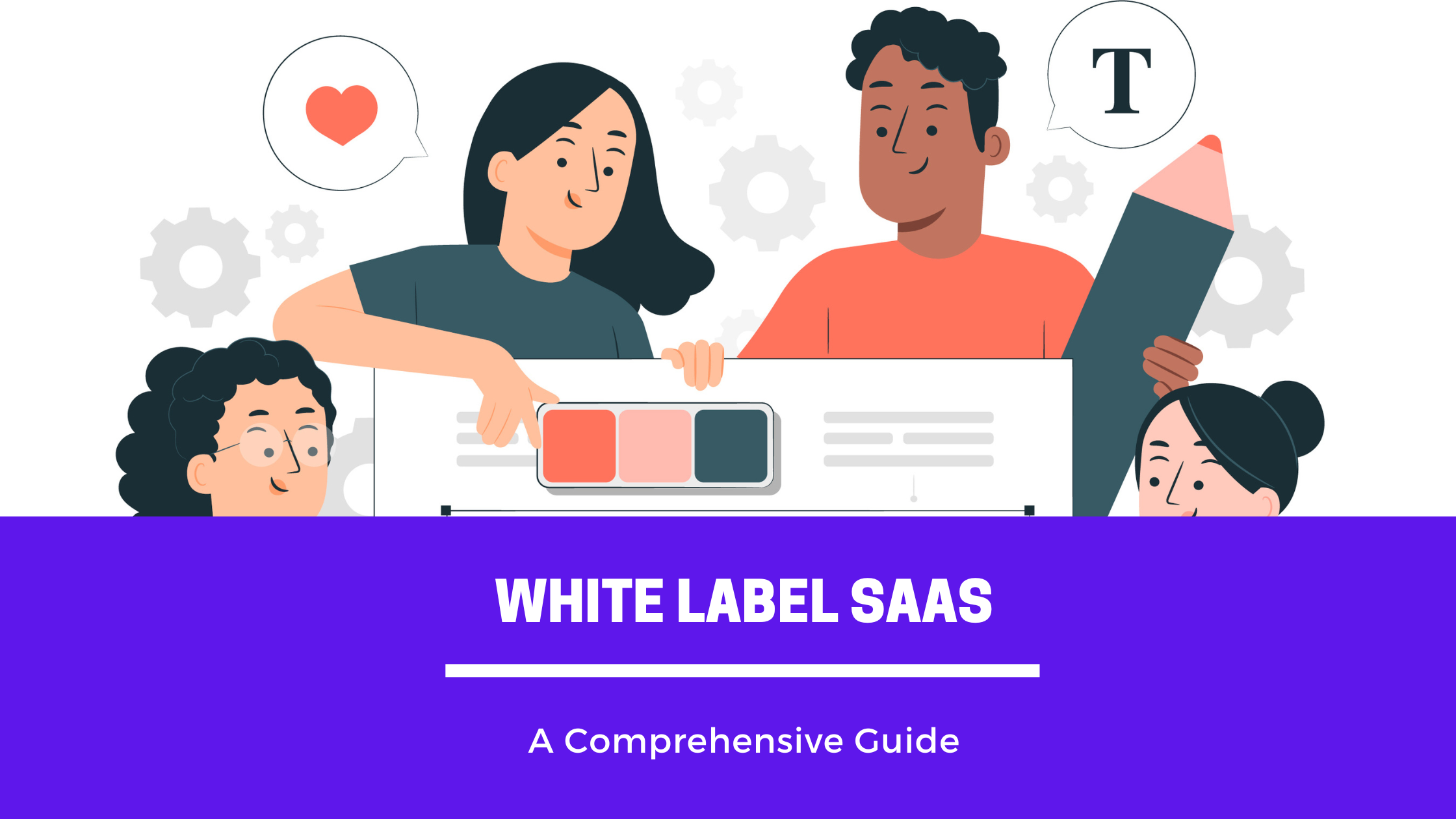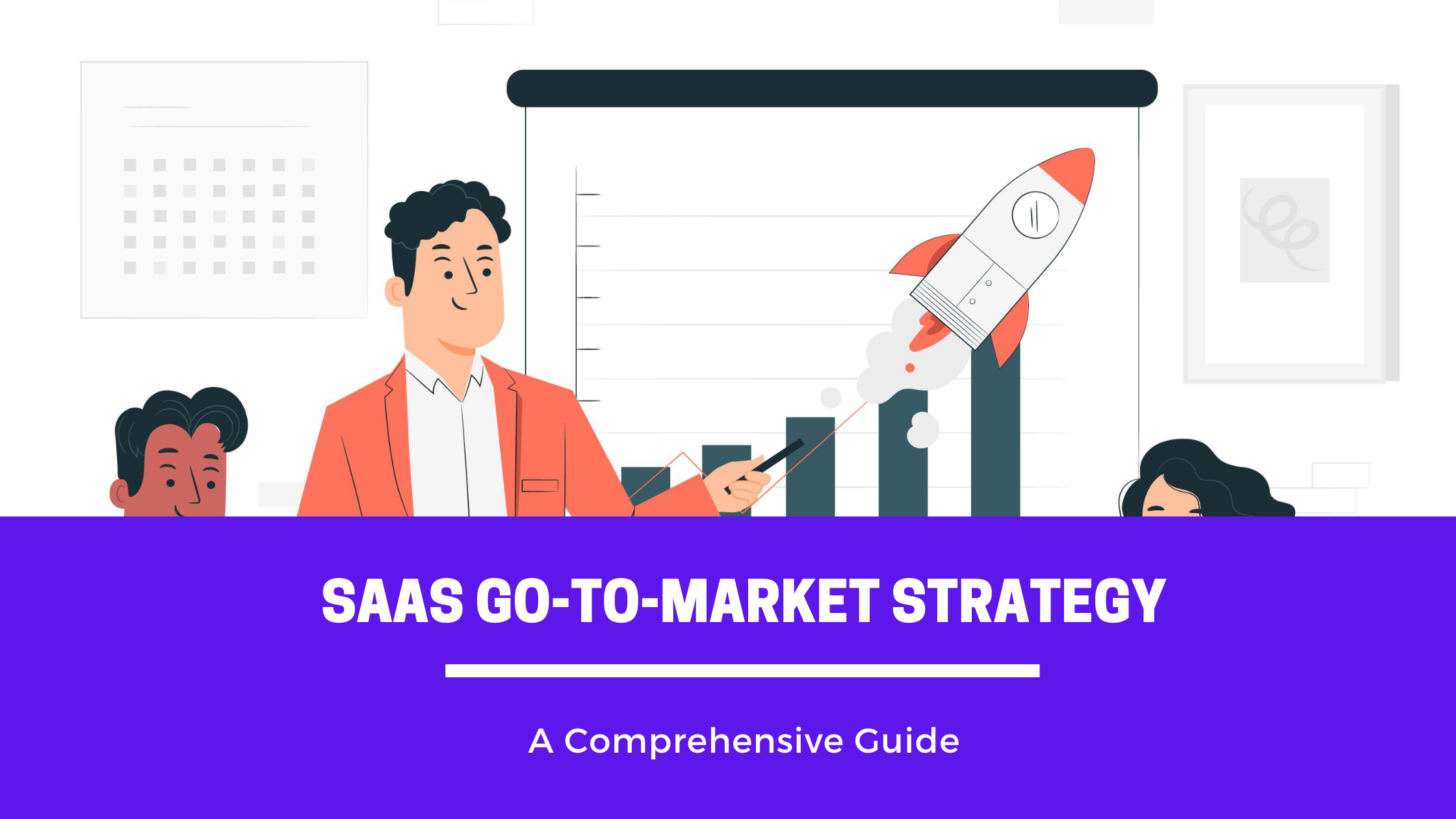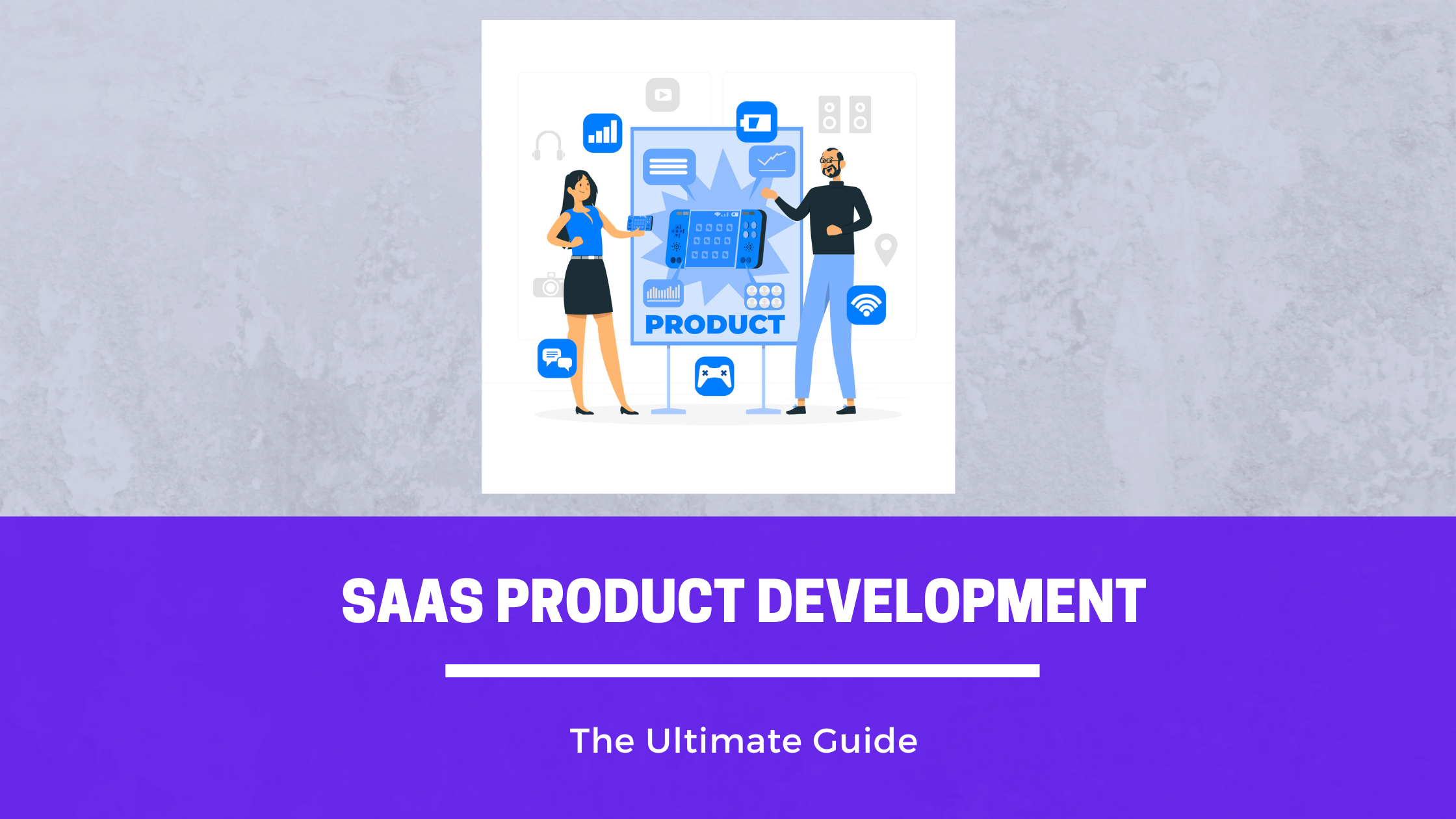SaaS product development is a complex process that requires careful planning, execution, and iteration. In this post, we will explore the key steps involved in developing a SaaS product, from ideation to growth. Whether you are creating a brand new category or launching within an existing one, the steps you take will determine the success of your product.
Developing the First Version
When it comes to developing a SaaS product, the first version can vary depending on whether you are entering a new category or an existing one. If you’re entering a new category, you may have more flexibility in defining your product’s features and functionality. In this scenario, you’ll need to carefully evaluate your target audience and identify their specific pain points in order to build a product that addresses their needs.
On the other hand, if you’re entering an existing category, you’ll need to do some market research to identify the key players in the space and understand what sets your product apart from the competition. You’ll need to carefully evaluate the features and functionality of existing products in order to identify gaps in the market that your product can fill.
Regardless of the category you’re entering, the SaaS product development process always starts with defining your idea and validating it. This means identifying the core value proposition of your product, testing it with potential customers, and iterating based on their feedback. By taking a customer-centric approach to SaaS product development, you can ensure that your first version meets the needs of your target audience and lays the foundation for future growth.
Category Creator (New Idea)
If you believe your idea is brand new and no one in the market is doing this already, here are the steps to take:
Define Your Idea
For the first step, it’s important to take the time to carefully define your idea. Start by thinking about your target customer persona and the specific niche that your product can benefit. Consider the unique needs and pain points of this group and how your product can provide a solution. Once you have a clear understanding of your target audience, you can begin to define your product. Clearly describe what your product is and how it solves the problem that you have identified. Be sure to include any key features or benefits that make your product stand out. It’s important to take the time to carefully craft your idea and make sure that it is well-defined before moving on to the next step.
Validate Your Idea
The next step is to validate your idea. This is a crucial step in determining the success of your venture. You need to make sure that your idea makes sense to your target market. Conduct market research to understand the needs, preferences, and behaviors of your target market. This will help you tailor your product or service to their needs.
Another factor to consider is whether your target market has the financial resources to pay for your product or service. If not, you may need to rethink your pricing strategy or target a different market segment.
It is also important to evaluate how important your idea is to your target market. Does your product or service solve a pressing problem for them? If so, they are more likely to be willing to pay for it. Consider conducting surveys or focus groups to gather feedback from your target market.
Overall, validating your idea is a critical step in the success of your venture. Take the time to thoroughly research and evaluate your idea before launching it to the market.
Shortlist the Features : SaaS Product Development
After validating your idea, the next step is to prioritize the most pressing needs and features that solve those needs. By doing this, you can shortlist the features that will make up your minimum viable product (MVP). It’s important to focus on the features that will solve the most pressing needs of your target market and keep your MVP simple. This way, you can release it quickly and start iterating based on feedback from your users.
Develop an MVP : SaaS Product Development
Based on the shortlisted features, it is important to develop a Minimum Viable Product (MVP). An MVP is a great way to get a product to market quickly while still maintaining a focus on key features. In order to ensure the success of your MVP, it is important to keep it simple and focus on the features that solve the most pressing needs of your target market. By doing this, you can ensure that your product is well-received and that you are meeting the needs of your customers. Additionally, it is important to keep in mind that an MVP is not a final product, but rather a starting point that can be built upon as you receive feedback from your users. This feedback can be essential in helping you to refine your product and ensure that it continues to meet the needs of your target market as it evolves over time.
Release and Iterate
After releasing your MVP, it is important to gather feedback from your users, analyze it, and use it to improve your product. This iterative process is essential in ensuring that your product meets the needs of your target market and continues to evolve over time. By staying customer-focused and responsive to their feedback, you can build a successful SaaS product that grows and thrives in the market.
Existing Category (Proven Ideas)
If you’re launching within an existing category with a twist or a focus on a specific niche, research popular competitors in the category and identify their must-have features. Consider talking to potential customers to understand what they want and what is missing in the market. Shortlist the features that will differentiate your product and build an MVP with the features you have selected.
Let’s examine this process in more detail.
Research the Category
To get started, it is important to conduct thorough research on the competition within the category. This not only helps to better understand the state of the market but also provides insight into the features, pricing, and positioning of popular competitors. Utilizing trustworthy resources such as G2.com can be an excellent way to gain a comprehensive view of the market and to identify any gaps that can be filled by your product or service. In addition, utilizing online forums or social media platforms can provide valuable feedback from potential customers and help to refine your product or service offering. By dedicating time to research and seeking feedback, you can develop a more robust and effective strategy that will help you stand out from the competition and achieve success in your chosen market.
Find Minimum Viable Features (Common 80%)
In order to develop a competitive product, it is important to identify the key features that all competitors have in common. Once these features have been identified, they can be used as the foundation for the SaaS product development process. However, it is also important to recognize that simply replicating these features is not enough to create a successful product. In addition to these common features, the product should also include unique and innovative features that set it apart from its competitors. These features should be designed to meet the specific needs and preferences of the target audience. By striking a balance between common features and unique features, it is possible to create a product that meets the needs of the market while still standing out from the competition.
Research Your Niche
To identify gaps in the market that popular competitors are missing, you can conduct market research and talk to potential customers to understand their needs and wants. By analyzing this information, you can gain a better understanding of what is missing in the market and develop strategies to fill those gaps. Additionally, you can also look at industry trends and analyze the competition to pinpoint areas where they may be falling short. By taking a comprehensive approach to market analysis, you can uncover opportunities for growth and success in your industry.
Shortlist Niche-Specific Features (Specific 20%)
When deciding on which features to include in your product, it’s important to consider your target niche or customer segment. By understanding their needs and preferences, you can identify gaps in the market that your product can fill. Once you have identified these gaps, it’s time to select the remaining 20% of features that will differentiate your product from the competition. These features should be carefully chosen to address the needs and preferences of your target audience, and to ensure that your product stands out in the market. Remember, it’s not just about having more features than your competitors – it’s about having the right features that provide value to your customers.
Develop an MVP, Release & Iterate: SaaS Product Development
To start, it is crucial to build a Minimum Viable Product (MVP) that includes the features that you have shortlisted. Remember to keep it simple, but also ensure that you focus on the features that solve the most pressing needs of your target market. This will help you to create a product that is both efficient and effective.
Once your MVP is built, it is time to release it to your target niche. This is where you can start gathering feedback from your users. Listen carefully to what they have to say, as they will be the ones who will ultimately use your product. You may need to iterate and make changes based on their feedback to ensure that your product is meeting their needs.
Don’t be afraid to take the time to revise and improve your product. By doing so, you will be able to create a product that meets the needs of your target market and ensures your success in the long run.
SaaS Product Development After First Few Years
After you have launched your MVP and have built a decent customer base, the focus of SaaS product development changes. It’s no longer just about releasing new features, but also about improving existing ones and building a product roadmap that aligns with customer needs.
Talk to Customers
To begin the process of improving your product, you should devote time to speaking with your customers. Develop an in-depth understanding of their workflows and identify the gaps that your product is not yet capable of filling. Once you have a clear understanding of these gaps, you can create a shortlist of the features that your customers are asking for. This process is critical for any company that wants to stay competitive in the market, as it will provide you with valuable insights that can help improve your product and enhance customer satisfaction. By taking the time to listen to your customers, you can ensure that your product is meeting their needs and that you are providing the value that they are looking for.
Take Feature Requests: SaaS Product Development
One effective way to enhance your product is to solicit feature requests from your customers. By doing so, you can gain a better understanding of what your customers want and need. This can not only help you improve your product, but also build stronger relationships with your customers. In addition to taking their requests into account, it’s important to actively listen to their feedback and engage in open communication. By doing this, you can also gain valuable insights into areas for improvement and potential opportunities for growth. So don’t be afraid to reach out to your customers and let them guide you towards making your product even better!
Prioritize and Build a Roadmap: SaaS Product Development
Based on the shortlisted features, it is important to prioritize them and develop a roadmap for future SaaS product development. The roadmap should be carefully crafted to align with both the business goals and the needs of the customers. By taking a customer-centric approach to SaaS product development, you can ensure that the features you prioritize and develop are the ones that will provide the most value to your customers. Additionally, it is important to remain flexible and open to feedback from your users, as this feedback can be essential in helping you refine your roadmap and ensure the long-term success of your product.
Develop, Release, and Iterate
After you have defined your idea, validated it with potential customers, shortlisted the features, and built an MVP, it is time to release it to the market. This is where you can start gathering feedback from your users. Listen carefully to what they have to say, as they will be the ones who will ultimately use your product. You may need to iterate and make changes based on their feedback to ensure that your product is meeting their needs.
It is important to remember that your MVP is not a final product, but rather a starting point. As you receive feedback from your users, you can use this information to refine your product and ensure that it continues to meet the needs of your target market as it evolves over time. By staying responsive to customer feedback and iterating based on their needs, you can build a successful SaaS product that grows and thrives in the market.
Conclusion
SaaS product development is a journey that requires careful planning, execution, and iteration. Whether you are creating a brand new category or launching within an existing one, the steps you take will determine the success of your product. By following the steps outlined in this post, you can develop a successful SaaS product that meets the needs of your target market and grows over time. Remember, the key is to stay customer-focused and iterate based on their feedback.








